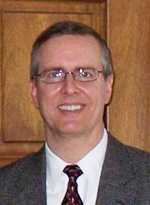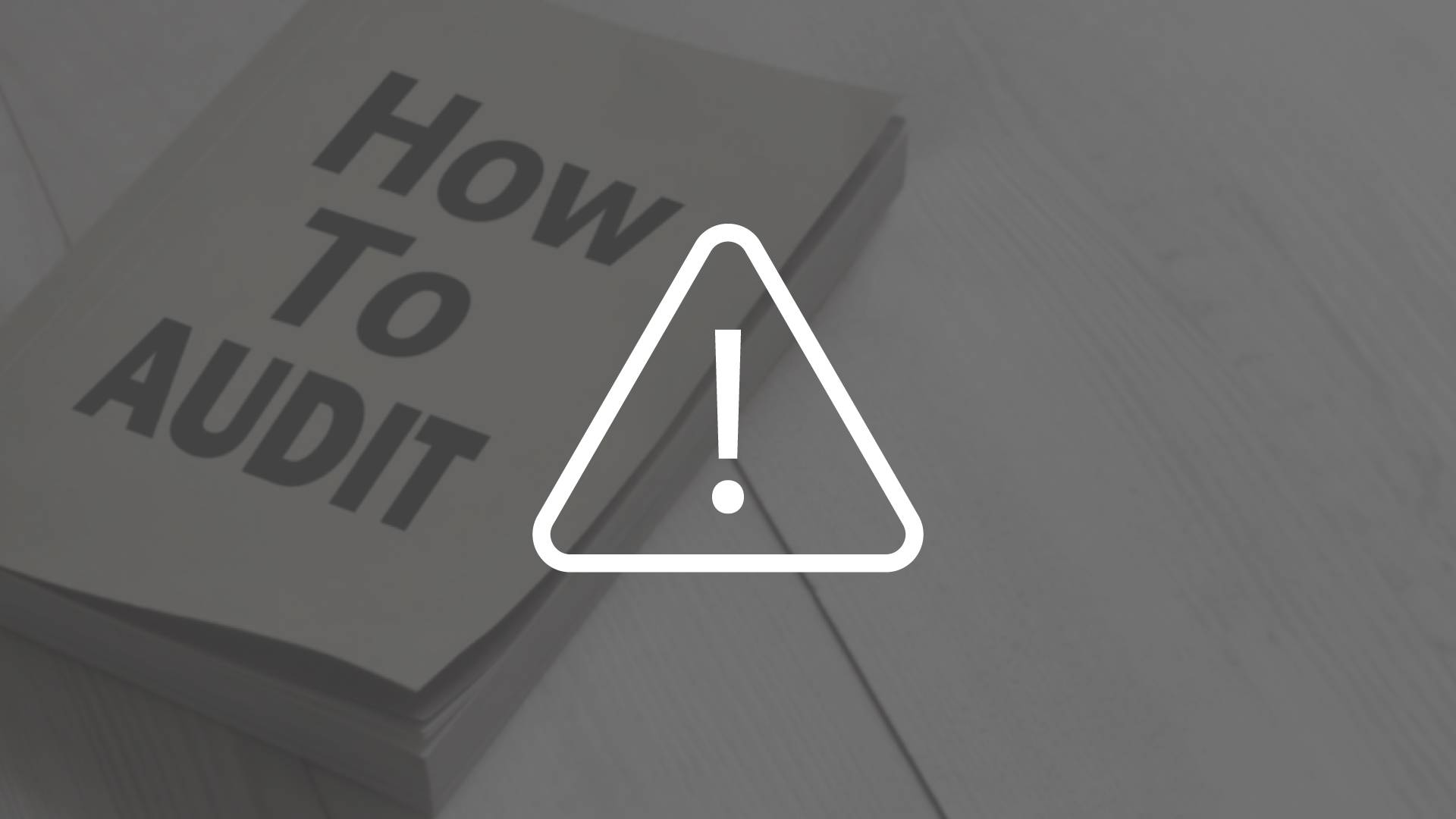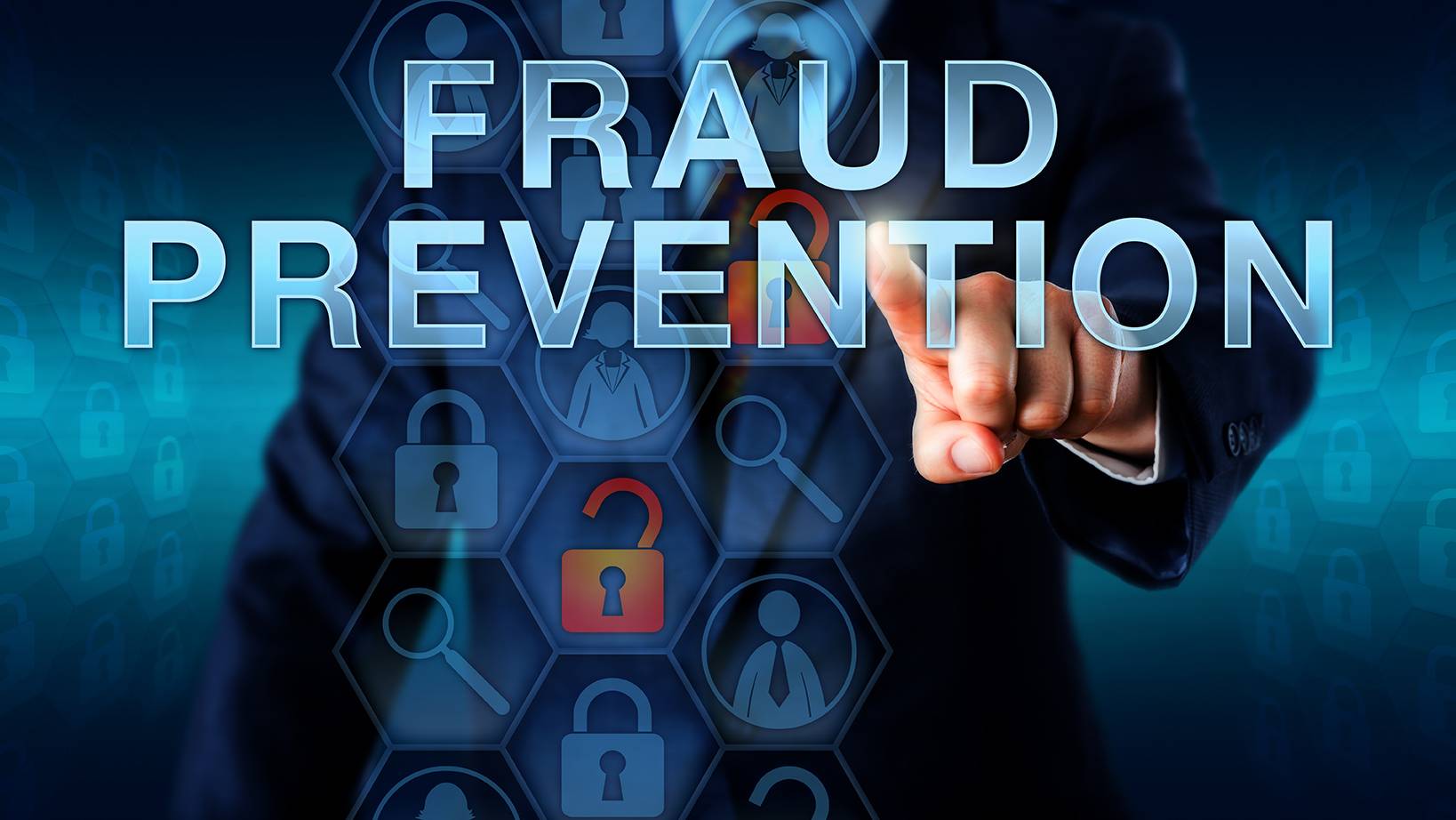
$58.00 – $78.00
Webcasts are available for viewing Monday – Saturday, 8am – 8pm ET.
Without FlexCast, you must start with enough time to finish. (1 Hr/Credit)
Please fill out the form below and we will reach out as soon as possible.
CPE Credits
2 Credits: Auditing
Course Level
Overview
Format
Self-Study
Course Description
Two tools for fraud detection are discussed in this course; Benford’s Law and the Beneish M Score. Benford’s Law predicts the probability of the distribution of first digits in a set of accounting numbers. For the first digit, one is the most likely occurrence, followed by two, etc. In a large population of accounting transactions, by comparing the actual occurrence of first digits in accounting numbers to the Benford distribution, areas of concern are highlighted for further analysis and evaluation.
The Beneish M Score quantifies the possibility of financial manipulation occurring in financial statements. If the M Score is greater than (or less negative than) -2.22, it is likely that there is some manipulation of the financial results.
Both of these are powerful tools in the detection of fraud. Benford’s Law assists in the detection of transactional fraud while the Beneish M Score assists in the detection of fraud in financial reporting.
Learning Objectives
Upon successful completion of this course, participants will be able to:
- Describe how to use Benford’s Law to detect potential fraud
- Define which Excel features can be incorporated when using Benford’s Law
- Define and Interpret the results of statistical test results and Benford’s Law
- Define situations where Benford’s Lawis and is not applicable
- Describe the Beneish M Score and its components
Course Specifics
SS925423260
February 25, 2025
There are no prerequisites.
None
61
Compliance Information
Qualifies for CA Fraud Credits: 2
CFP Notice: Not all courses that qualify for CFP® credit are registered by Western CPE. If a course does not have a CFP registration number in the compliance section, the continuing education will need to be individually reported with the CFP Board. For more information on the reporting process, required documentation, processing fee, etc., contact the CFP Board. CFP Professionals must take each course in it’s entirety, the CFP Board DOES NOT accept partial credits for courses.
Meet The Experts

Joseph Helstrom, CPA, is a partner at CFO Resources, LLC, a company focused on training and courseware for CPAs. He’s also the owner of Mill Creek Publishing LLC. Joe has over 30 years of experience as a CPA in both public accounting and industry, with extensive experience in financial reporting and analysis, treasury, tax, information technology, legal and regulatory matters, and strategic planning. After graduation from Butler University with a degree in accounting, Joe got his start at Ernst & Young. Subsequent to that, he has served for several different companies as a chief financial officer; director of treasury and …
Related Courses
-
 Auditing
Auditing
Computer Fraud and Abuse
Marshall Romney, CPA, PhD, CFE QAS Self-Study
Credits: 6 $174.00
QAS Self-Study
Credits: 6 $174.00$174.00 – $204.00
-
 Auditing
Auditing
How to Audit for Fraud
Steven M. Bragg, CPA QAS Self-Study
Credits: 3 $87.00
QAS Self-Study
Credits: 3 $87.00$87.00 – $107.00
-
 Auditing
Auditing
Fraud Prevention, Detection, and Audit
Marshall Romney, CPA, PhD, CFE QAS Self-Study
Credits: 9 $261.00
QAS Self-Study
Credits: 9 $261.00$261.00 – $291.00
